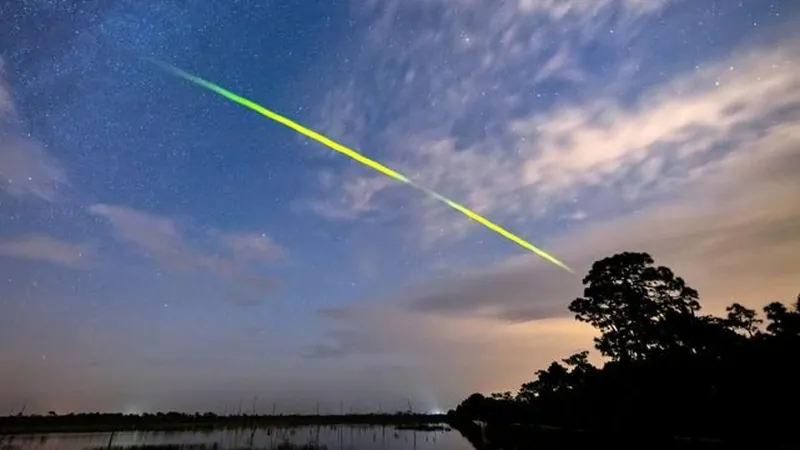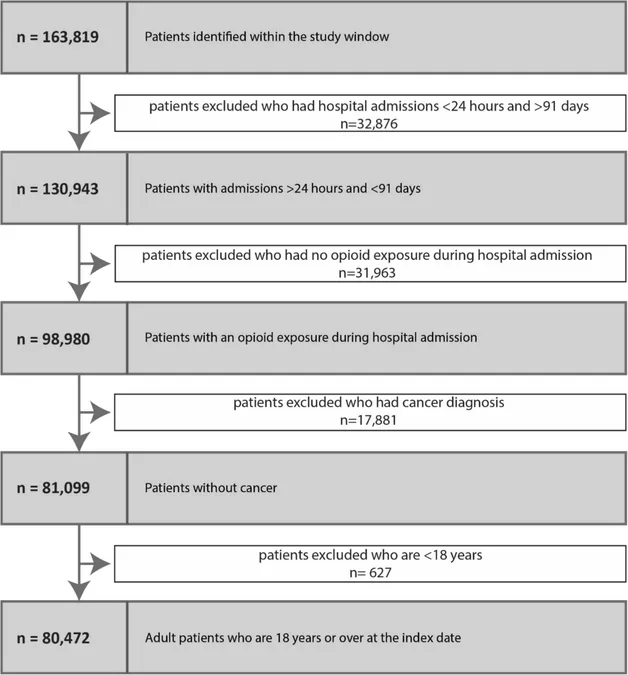
Catch the Spectacular Eta Aquariids Meteor Shower: Your Ultimate Guide to May 2025!
2025-04-30
Author: William
Are You Ready for a Celestial Show?
Mark your calendars! The mesmerizing Eta Aquariids meteor shower is set to light up the night sky in early May. If you're an aspiring stargazer, the early hours of Tuesday, May 6, will be your golden opportunity to witness shooting stars—provided the clouds cooperate!
A Cosmic Dance from Halley’s Comet
But what makes this meteor shower so special? It's not just any ordinary celestial event; it's caused by the remnants of Halley’s Comet. As we speed through the debris left behind by this iconic comet, we can expect to see incredible sights: around 60 meteors per hour in the Southern Hemisphere and about 30 per hour up north. Get ready to be dazzled!
Peak Viewing Times: Don’t Miss Out!
The Eta Aquariids will be active from April 19 through May 28 this year. However, your best chance to catch a meteor shower will be during the peak hours of May 5-6. As the excitement builds leading up to the night, be sure to keep your eyes glued to the sky!
Understanding the Eta Aquariids
These meteors are tiny fragments—everything from dust to larger rocks—that Halley’s Comet shed during its solar voyages. When these tiny pieces slam into Earth's atmosphere at a staggering speed of approximately 148,000 mph (238,000 km/h), they ignite and create streaks of light that will leave you breathless.
Moon Interference: What to Expect
In 2025, don’t expect a perfectly dark sky. A 64%-lit waxing gibbous moon will shine throughout the evening, but don’t despair! It will set around 3:00 a.m. local time, coinciding nicely with the peak meteor rates. Set your alarm for 3 a.m. and prepare for a night of stargazing until dawn!
Best Places and Tips for Watching
When it comes to viewing the Eta Aquariids, location is everything. The meteors will appear to radiate from near the star Eta Aquarii in the constellation Aquarius, which rises in the southeastern sky just before dawn. To catch the brightest meteors, find a spot with a clear, dark view that’s at least 40 degrees away from the southeast direction.
Here are some essential tips for maximizing your viewing experience: - **Avoid Artificial Light**: Get away from city lights for the best visibility. - **Dress Warmly**: Comfort is key; bring blankets or reclining chairs. - **Be Patient**: Your eyes need about 20 minutes to adjust to the darkness. - **Put Away Phones**: Bright screens ruin night vision!
What’s Next After the Eta Aquariids?
Once the Eta Aquariids fade away, the Southern Delta Aquariids will follow in July, leading into the spectacular Perseids in August. Mark your calendars and be prepared for another thrilling display—just be aware that moonlight may overshadow the Perseids’ peak this year.
With excitement building and anticipation in the air, we wish you clear skies and wide eyes to fully enjoy this mystifying cosmic event!









 Brasil (PT)
Brasil (PT)
 Canada (EN)
Canada (EN)
 Chile (ES)
Chile (ES)
 Česko (CS)
Česko (CS)
 대한민국 (KO)
대한민국 (KO)
 España (ES)
España (ES)
 France (FR)
France (FR)
 Hong Kong (EN)
Hong Kong (EN)
 Italia (IT)
Italia (IT)
 日本 (JA)
日本 (JA)
 Magyarország (HU)
Magyarország (HU)
 Norge (NO)
Norge (NO)
 Polska (PL)
Polska (PL)
 Schweiz (DE)
Schweiz (DE)
 Singapore (EN)
Singapore (EN)
 Sverige (SV)
Sverige (SV)
 Suomi (FI)
Suomi (FI)
 Türkiye (TR)
Türkiye (TR)
 الإمارات العربية المتحدة (AR)
الإمارات العربية المتحدة (AR)